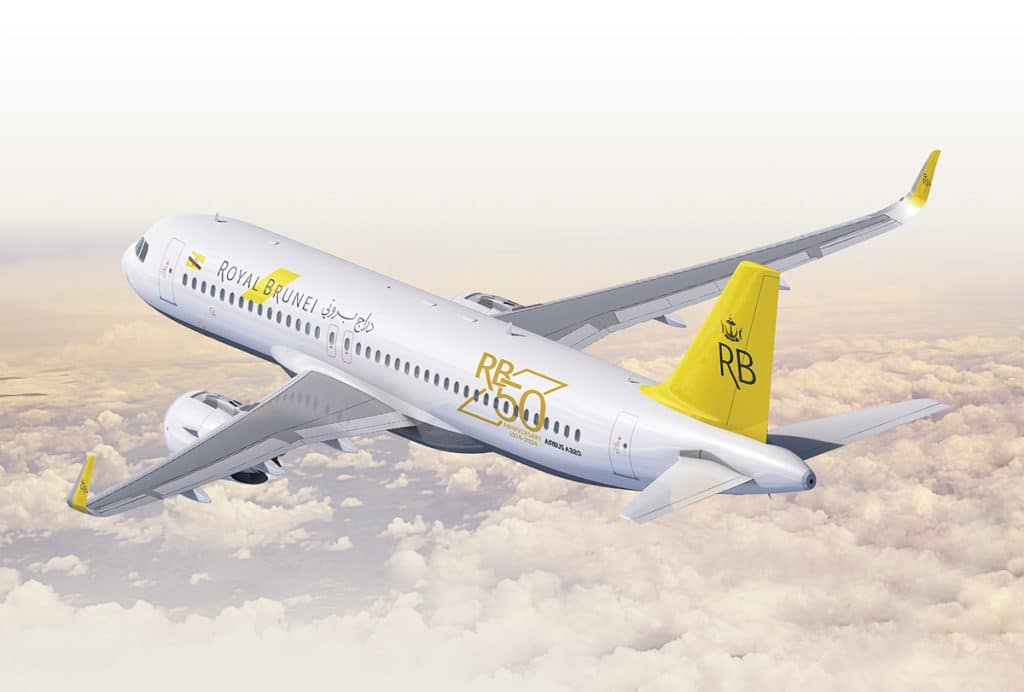Talking UAS Market Trends with NSR Analyst Gagan Agrawal

Earlier this year the consulting firm Northern Sky Research released the fourth edition of its Unmanned Aircraft Systems Satcom and Imaging Markets report. This report explores opportunities across the UAS industry value chain, with a particular focus on markets for satellite operators and geospatial imaging/analytics companies.
SatCom Frontier reached out to the lead analyst of this new report, Gagan Agrawal, for a conversation. In his answers to our questions, he provides a high-level summary of NSR’s findings for this report and goes into additional detail to provide greater insight for our readers.
First off, how much do you project the UAS market will grow, and what are the major drivers, over the next 5-10 years?
NSR projects the UAS market to grow at an 8% annual rate, representing a cumulative $19.7 billion increase in retail revenues through 2026. The major driver is the proliferation of medium-altitude, long-endurance combat UAS systems around the world, with every major country seeking this capability.
This demand with respect to exporting UAS systems, which include the airframe and satcom terminal, is led by the United States, then China, and with Israel at third position. This export demand will result in an almost 10% compound annual growth rate over the next 10 years on the sale of airframe units. Another major driver from the incumbents is the market demand for high-resolution video for ISR and a mindset shift to go from manned to unmanned combat military strategy.
Are there new governments developing UAS technology, and if so how does that affect the market?
Yes, new governments are developing UAS technology, more prominently in the Middle East, taking either the indigenous path or tech/manufacturing support from China. Iran and Turkey lead the way in building low- and medium-altitude, long-endurance UAS systems in the Middle East. Simultaneously various African, Latin American and South East Asian nations are eying the opportunity to buy outright UAV airframes as well. Thus, the revenue-growth guidance in the market for major players is above 8%, where additional opportunities for terminal purchase and capacity lease are generated due to indigenous manufacturing as well.
The potential of selling managed services to the clients of the UAS systems also increases considerably, as network operations start to become increasingly global and the uptake on HTS capacity increases in the next few years.
Which frequency bands will play a key role in supporting UAS services, and what will be the impact of HTS?
FSS Ku-band has been the mainstay for UAS systems and will continue to be so for the next decade owing to compatibility with existing airframes, the lack of rain-fade issues, and limited government budgets for retrofits, as I explain in this latest report.
Beyond that, FSS X- and Ka-band are expected to grow owing to legacy platforms and as alternatives to Ku-band. HTS Ku-band will have a greater impact in the long run, after 2020, when either, FSS Ku-band systems shift towards HTS Ku-band capacity, or efficiency with HTS Ka-band spectrum leads to higher line-fits among newer airframes.
Looking beyond government and military satcom use, what opportunities do you see for the civilian UAS industry?
Use cases for civilian applications have sky rocketed in the previous years, and assuming a lag of four years for the satcom demand to catch up, we expect a good increase in revenues from this sector after 2021.
Public safety and border infiltration present the most pressing cases for civilian use, with using UAS to secure airspace a distant third. Commercial use cases for beyond line of sight (BLOS) purposes are expected to come up as industrial inspection, mining, oilrig, and pipeline monitoring verticals grow and consistently push for cost savings.
Commercial industry has yet to mature, with airframe technology upgrades happening every six months and commercial regulations still being developed. Many new technologies also have yet to mature completely, including collision avoidance software; BLOS comms for low-altitude, long-endurance UAS; real time image processing on the ground; and efficient multispectral payloads. Thus, it will take time for the industry to pick up.
Do you see any change in Satcom procurement policies and/or business models that will affect the UAS market?
The general trend is that the industry will eventually move towards managed services, with end-to-end solutions encompassing all frequency bands. HTS pricing, even on the government side, is expected to be commoditized. Operators are expected to embrace a managed services business model moving forward, both to avoid losing margins on capacity leases and to manage bandwidth by catering to the ever-growing need for HTS and FSS capacity overlap in conflict regions.
The U.S. government is obviously expected to still buy a great deal of raw MHz from operators, and the Chinese will rely heavily upon locally sourced capacity. Other up-and-coming countries may rely more on service providers for end-to-end solutions, as buying small amounts of raw bandwidth would be expensive. Also, most of the systems operated by these countries have legacy FSS Ku-band architectures and will take time to convert to HTS Ku-band or HTS Ka-band.
What UAS satcom equipment trends do you see, and which emerging technologies could disrupt this market?
All the equipment trends point toward upcoming dual- or triple-frequency supporting modems in Ku, Ka and X bands. This helps the operator lease and/or switch capacity as the mission requires, with the relative advantage of capacity availability, efficiency and pricing to fit combat situations and regional variations.
The most important emerging technology would be the upcoming compact antenna BLOS systems for low-altitude, long-endurance airframes. These are expected to overtake the medium-altitude, long-endurance market in terms of units in the medium term because of tactical superiority, low cost, and ease of launch. L- and X-band revenues are expected to remain low due to lower bandwidth requirements.
Do you see any immediate near-term developments of note, say in the next 18 months?
The next 18 months present opportunities of renewal for a few U.S. DoD contracts. With multiple FSS Ku- and Ka-band capacity providers, one can expect changes in market share per operator for capacity leasing amid intense competition. Given the rise of exports by China and Israel, more opportunities with respect to satcom equipment and managed services will be available in the Middle East and the South East Asia/Pacific regions than ever before, even if there is a large U.S. military pivot from the Middle East to East Asia.
Starting in late 2016, there has been a propensity for more budget allocation towards maintenance and retrofits rather than outright buying of new airframes. This trend is expected to continue along with a 10% CAGR airframe growth. Lastly, trials using HTS systems in civilian airspace may pave the way for regulations surrounding BLOS use for commercial industries, ushering in new markets for UAS systems.






















